I’m a first-year Ph.D. student at interactive structures lab at CMU HCII, advised by Prof. Alexandra Ion.
In my PhD, I aim to explore how metamaterial can serve as interfaces that allow AI to assist humans in real-world applications, especially in education scenarios.
Before joining CMU, I got both undergraduate and master’s degrees at Tsinghua University, with a background in Electrical Engineering and Computer Science (EECS), Mechanical Engineering, and Product Design.
View my CV (updated: 12/2025).
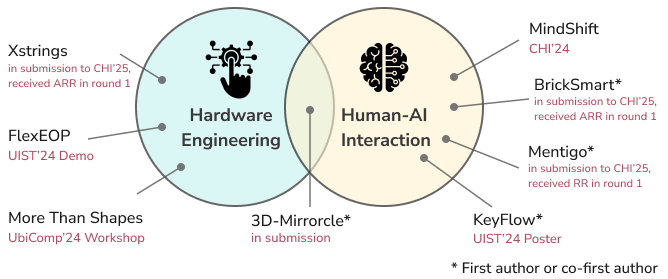
🔥 News
- 2025/08: Started my PhD in CMU! 🥳
- 2025/01: Our paper “BrickSmart” has been accepted by CHI 2025! 🎉
- 2025/01: Our paper “Mentigo” has been accepted by CHI 2025! 🎉
- 2025/01: Our paper “Xstrings” has been accepted by CHI 2025! 🎉
📝 Publications
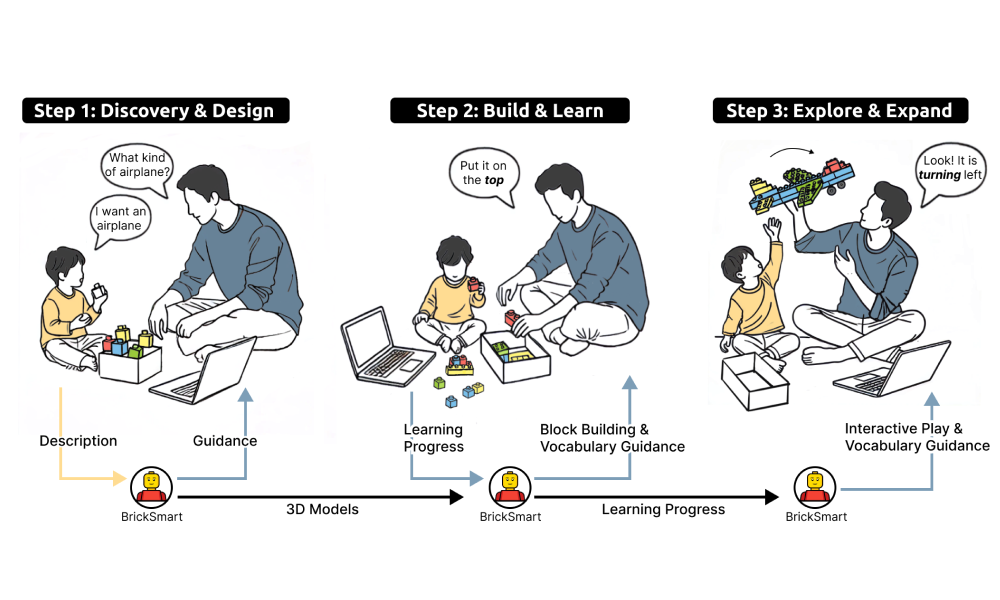
🏅Honorable Mention Award (Top 5%)
Yujia Liu*, Siyu Zha*, Yuewen Zhang, Yanjin Wang, Yangming Zhang, Qi Xin, Lunyiu Nie, Chao Zhang, Yingqing Xu.
- Led a project to generate personalized block play instructions for creativity and eco-friendly reuse of bricks.
- Designed an AI Agent for children’s spatial language learning in family block play, using LLMs and Gen-AI.
- Conducted a lab experiment with 24 parent-child pairs (children aged 6-8), demonstrating the system’s effectiveness in enhancing spatial language skills.
- First author of this paper, accepted by ACM CHI’25.
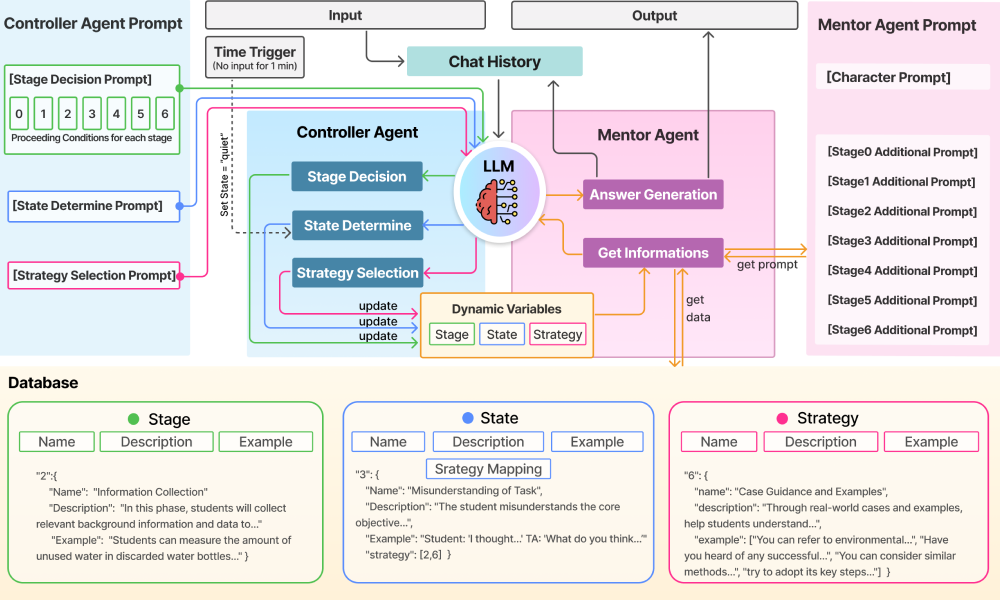
Mentigo: An Intelligent Agent for Mentoring Students in the Creative Problem Solving Process
Siyu Zha*, Yujia Liu*, Chengbo Zheng, Jiaqi Xu, Fuze Yu, Jiangtao Gong, Yingqing Xu.
- Co-led the development of Mentigo, an interactive agent using LLMs to mentor middle school students through the creative problem-solving (CPS) process, with dataset of real classroom interactions and an agentic workflow.
- Tested effectiveness through a comparative experiment with 12 students and feedback from 5 expert teachers, showing significant improvements in student engagement and creative outcomes.
- Co-first author of this paper, accepted by ACM CHI’25.
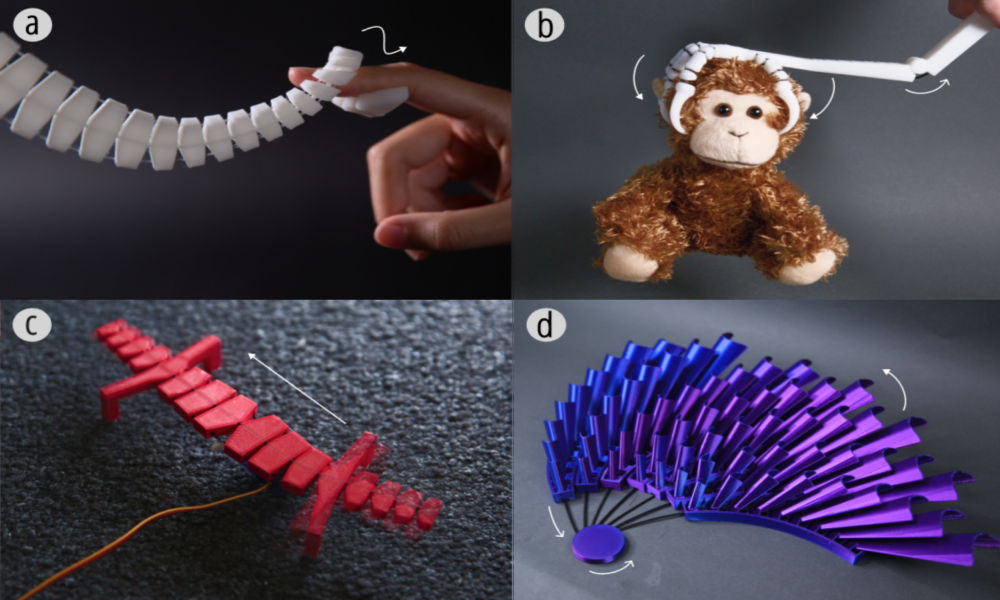
Xstrings: 3D printing cable-driven mechanism for actuation, deformation, and manipulation
🏅Honorable Mention Award (Top 5%)
Jiaji Li, Shuyue Feng, Maxine Alexandra Perroni-Scharf, Yujia Liu, Emily Guan, Guanyun Wang, Stefanie Mueller.
- We developed Xstrings, a method for 3D printing cable-driven mechanisms in a single process, enabling four types of interactions: bend, twist, coil, and compress, activated by applying force to the cables.
- Investigated the impact of various printing parameters on maximum tensile strain and the repeatability of interactions without cable failure.
- This work has been accepted by ACM CHI’25. My work included mathematical derivation, test printing parameters, engineering the prototype, and writing parts of the paper.
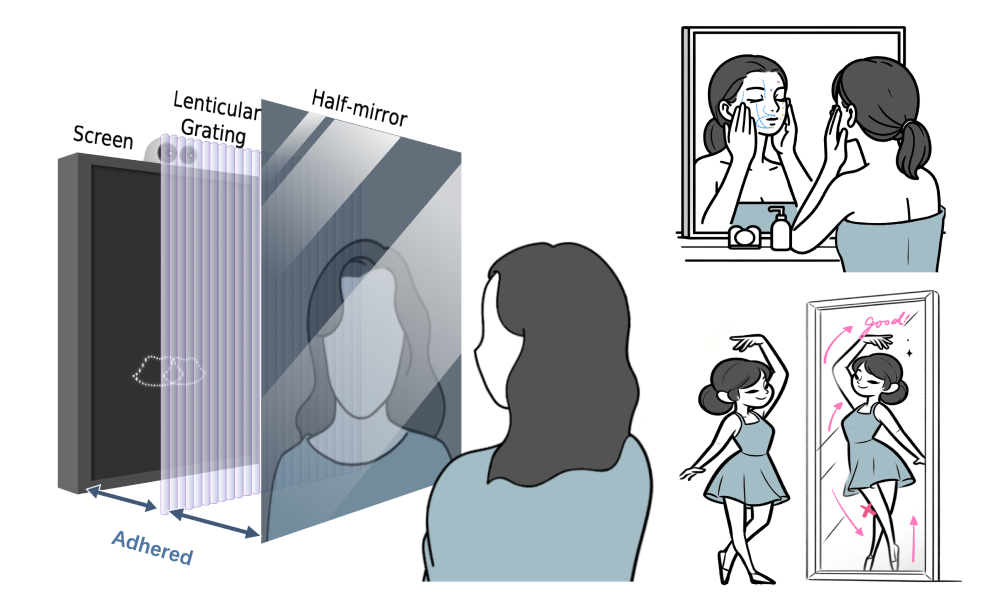
3D-Mirrorcle: Bridging the Virtual and Real through Depth Alignment in Smart Mirror Systems
Yujia Liu, Qi Xin, Chenzhuo Xiang, Yu Zhang, Lunyiu Nie, Xuhai Xu, Yingqing Xu.
- Led the development of 3DMirrorcle, a system addressing depth mismatch in AR smart mirrors using lenticular grating for a 3D display and algorithms for mirror reflection alignment and lenticular grating segmentation to align AR content with users’ reflections.
- Conducted user studies across various tasks and scenarios, demonstrating superior performance in user experience compared to existing solutions.
- First author of the work.
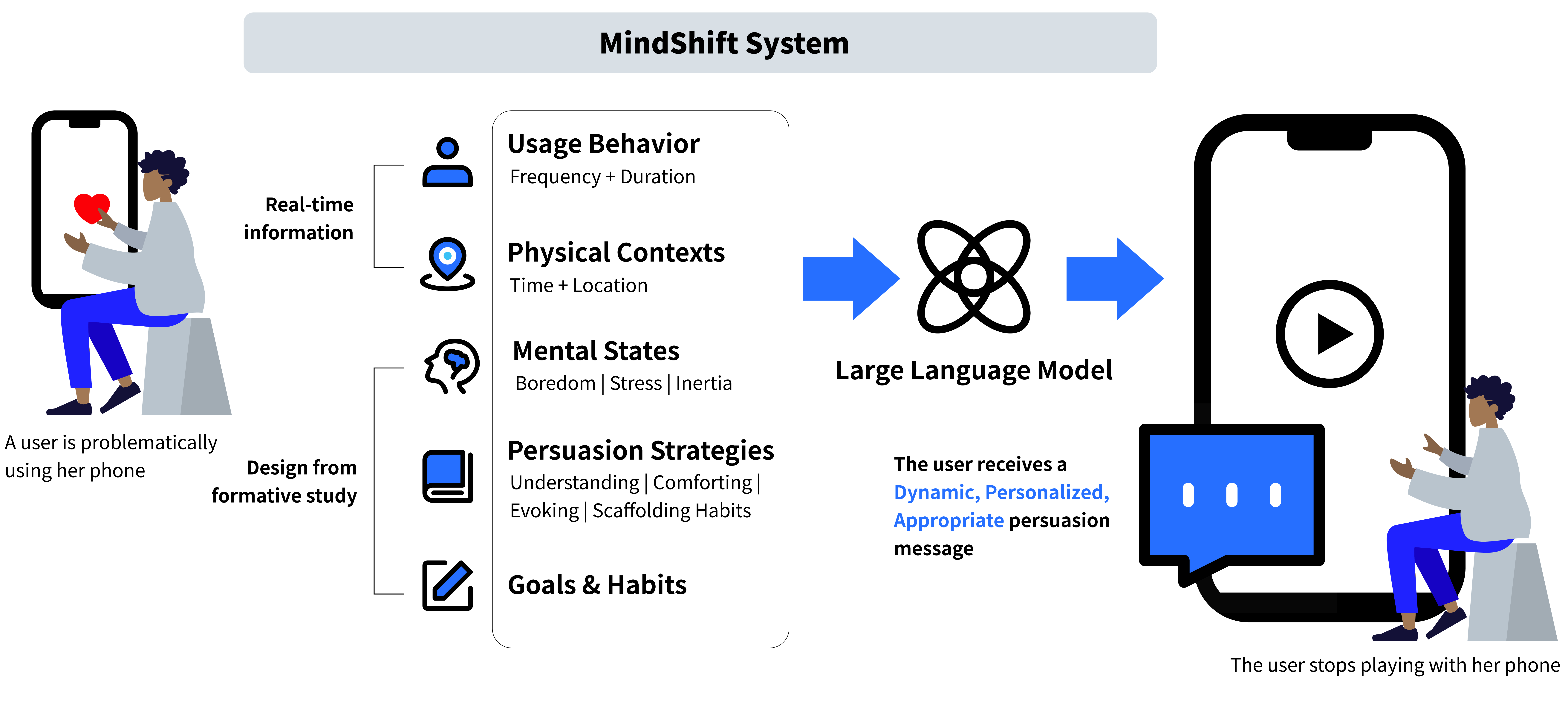
Ruolan Wu, Chun Yu, Xiaole Pan, Yujia Liu, Ningning Zhang, Yue Fu, Yuhan Wang, Zhi Zheng, Li Chen, Qi-aolei Jiang, Xuhai Xu, Yuanchun Shi.
- We developed MindShift, a mobile app that uses LLMs to create dynamic, personalized content aimed at reducing problematic smartphone use, adapting to user context and mental states.
- Wizard-of-Oz and interview studies were conducted to identify key mental states, and the system was validated in a 5-week field trial with 25 participants, showing significant improvements in smartphone usage patterns.
- This work was published on ACM CHI’24. My work included conducting the Wizard-of-Oz studies and the field trial, data analyzing, and illustrating the findings.
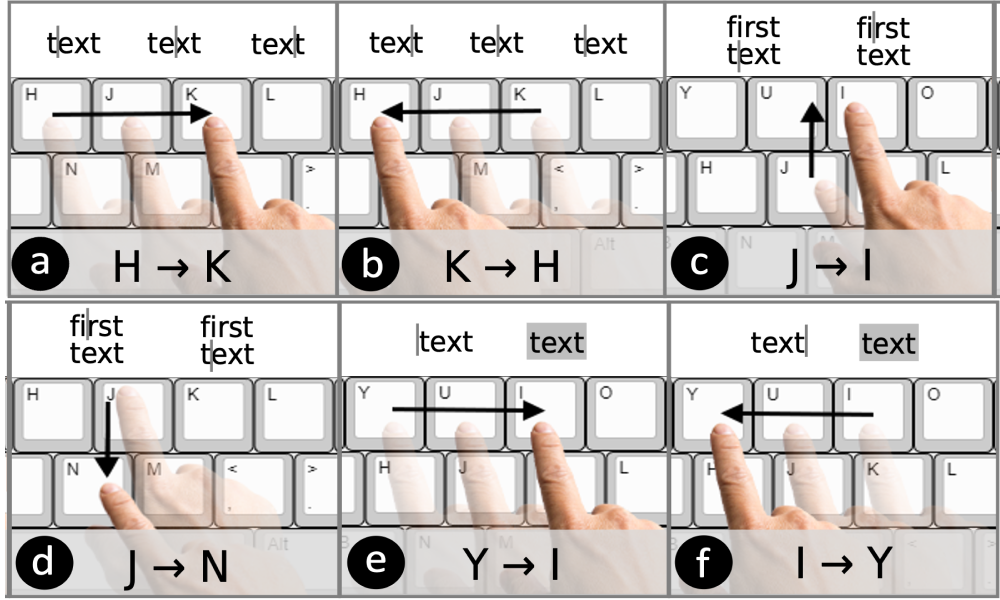
KeyFlow: Acoustic Motion Sensing for Cursor Control on Any Keyboard
Yujia Liu*, Qihang Shan*, Zhihao Yao, Qiuyu Lu.
- Led the development of KeyFlow, a system that integrates mouse functionality into keyboards using machine learning, enabling users to control the cursor by gliding their fingers across the surface without pressing keys.
- Our research shows that KeyFlow reduces hand movement by 78.3%, significantly enhancing typing efficiency.
- First author of work published at ACM UIST’24 Poster.

FlexEOP: Flexible Shape-changing Actuator using Embedded Electroosmotic Pumps
Tianyu Yu, Yang Liu, Yujia Liu, Qiuyu Lu, Teng Han, Haipeng Mi.
- We developed FlexEOP, a method for creating fully flexible electroosmotic pumps, enabling adaptable, self-contained shape-changing actuators.
- FlexEOP’s versatility is demonstrated in applications such as flexible displays, panels, curved surfaces, and soft robotic fibers.
- This work has been published on ACM UIST’24 Demo. My work contributions include experimental design and testing, modeling and rendering, and writing parts of the paper.
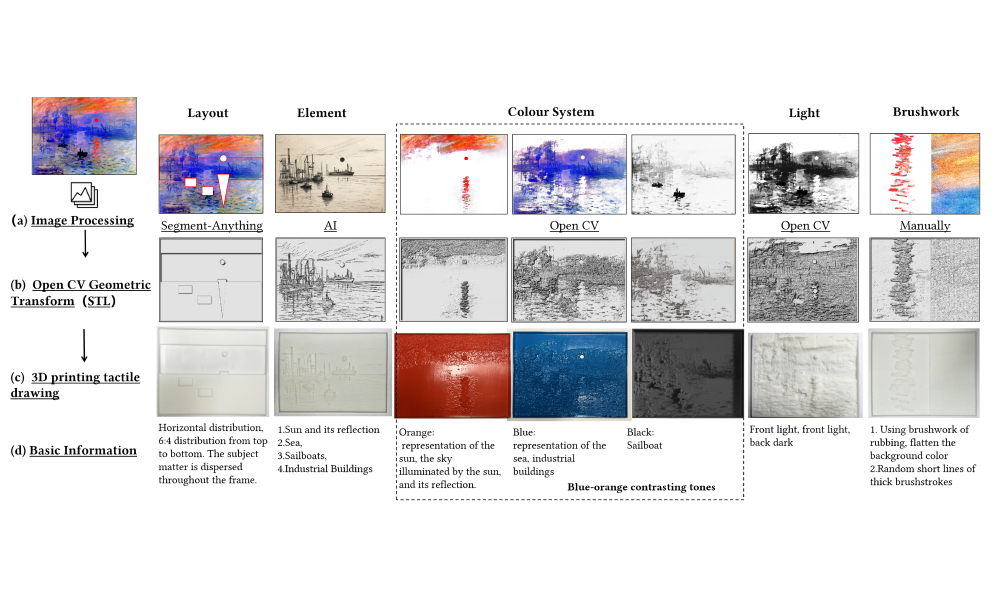
More Than Shapes: Exploring the Tactile Parameters of Art Appreciation for the Visually Impaired
MingYu Cui, Chao Yuan, Yujia Liu, Yingying Zheng.
- We enhanced art education for the visually impaired by focusing on Impressionist paintings through workshops.
- Experts translated key painting elements (layout, content, color, lighting, brushwork) into tactile forms, using clay modeling to help participants experience, analyze, and create art, enriching their engagement.
- This work has been published on ACM UbiComp’24 Workshop. My work was method development, paper writing.
🗂️ Projects

Automated Video Editing with Semantic Analysis and Aesthetic Evaluation
- I led this industry-academic collaboration project to develop an intelligent video editing system that transforms photos and videos from users’ smartphones into captivating highlight reels.
- Using film editing principles, we crafted coherent narratives, emphasized key moments, and ensured seamless harmony between music and visuals.
- My work was aligning musical elements with the film’s style, identifying musical climaxes and video key moments, and creating rhythm, flow, and timing for cuts and transitions.
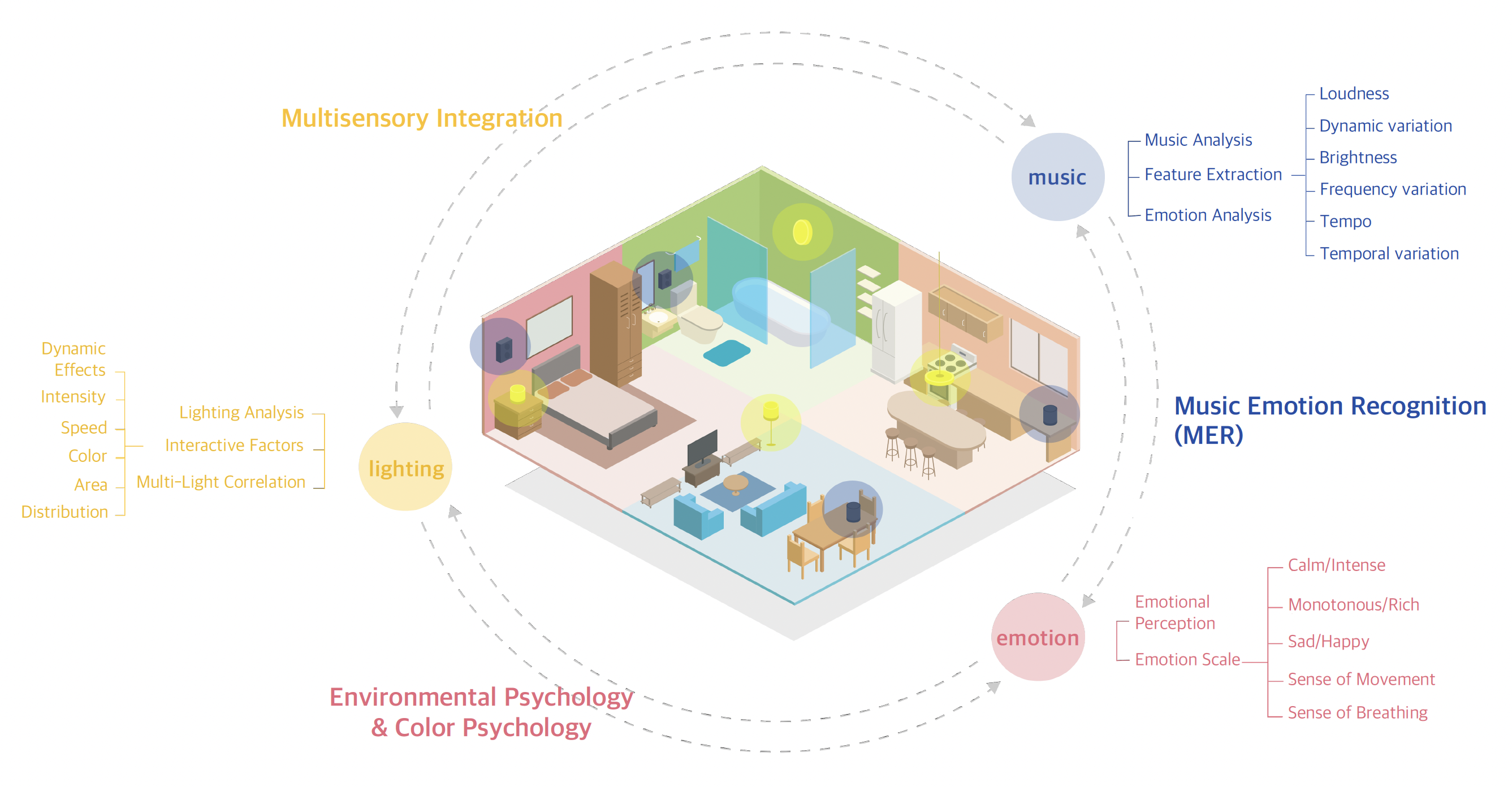
Adaptive Music and Lighting Systems for Emotional Well-being
- I led this industry-academic collaboration project, developing a smart home system that dynamically adjusts music and lighting to enhance the living experience.
- Developed a framework that aligns music-emotion-light and implemented a demo using the Philips Hue system.
- My work included literature review, creating music-emotion-light framework, and realizing the demo.
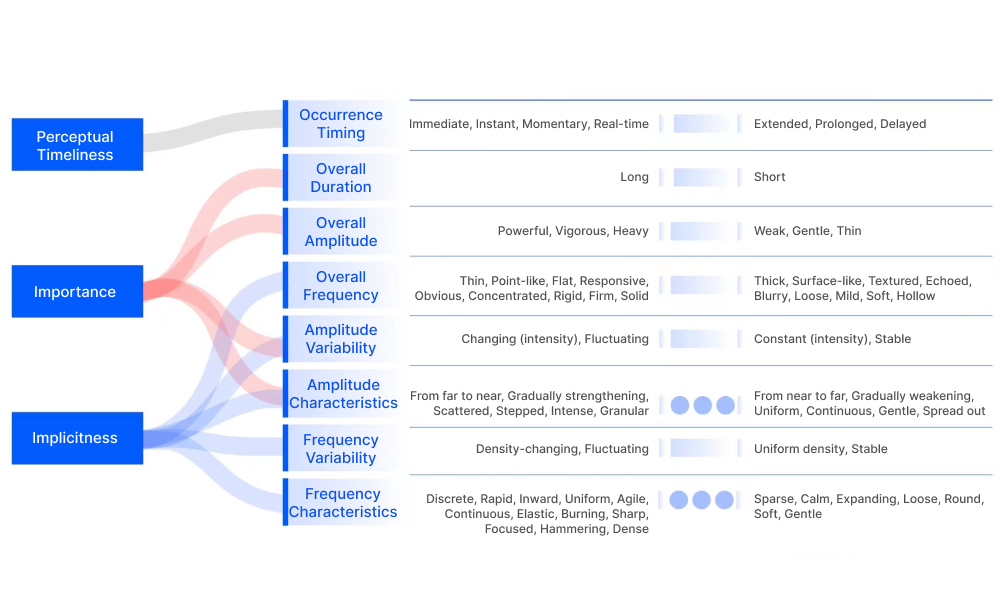
Design of Tactile Vibration Experience for Smartphones
- This industry-academic collaboration project aimed to study vibration experiences across different smartphones.
- We developed a framework that maps task urgency, importance, and metaphorical meaning to vibration timing, duration, intensity, frequency, and variability, based on a user study comparing smartphones from six brands.
- My work involved conducting literature research, developing the framework, and designing the user study.
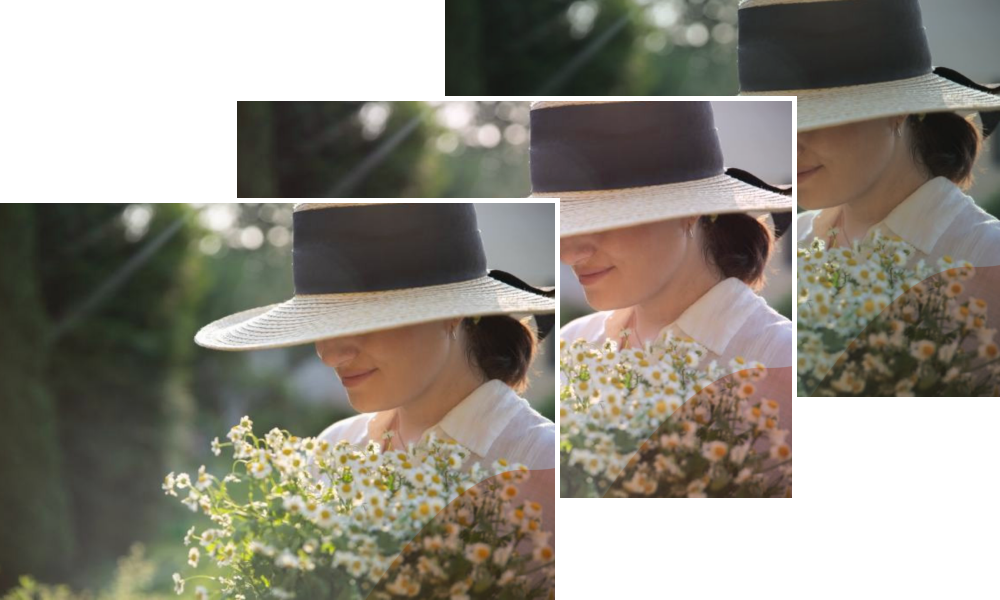
User’s Color Preferences of Pictures Across Diverse Displays
- This industry-academic collaboration project involved six expert interviews and a user study with 89 participants to identify color preferences for various image types across different smartphone hardware.
- We developed a framework to optimize picture color on specific smartphone hardware for improved aesthetics and user experience.
- My work included designing and conducting the user study, adjusting images, and analyzing the data.
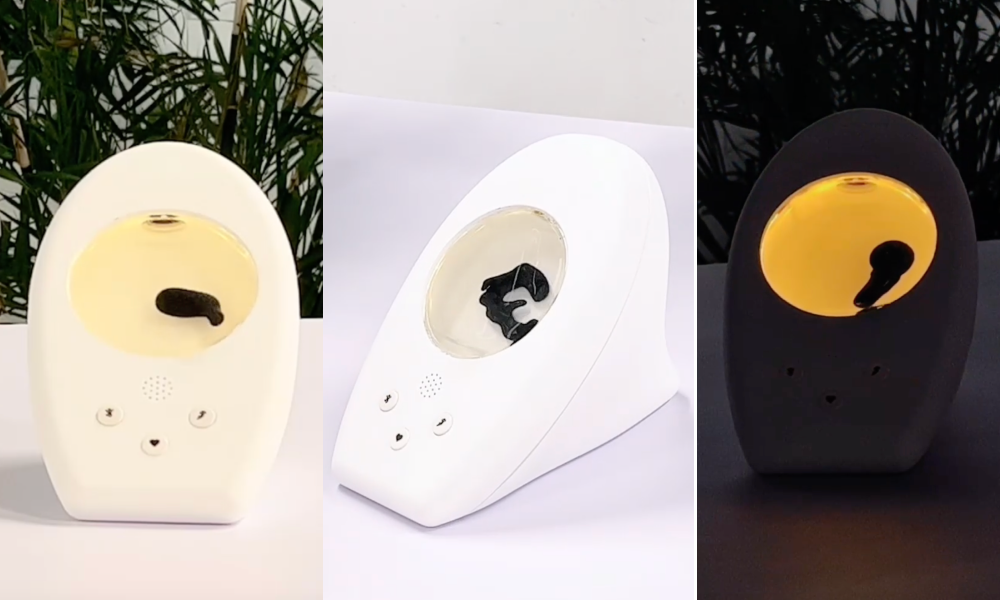
Ferrofluid Speaker Design Based on Emotion-Mapped Musical Elements Video
- This was my undergraduate graduation project, where I designed and built a ferrofluid speaker that visually responds to music.
- The ferrofluid inside the speaker moves in sync with the audio, displaying a range of motions, including linear, rotational, and pulsating patterns. These movements dynamically change with the rhythm and sound of the music.
📖 Educations
- 2025.08 - Now, Carnegie Mellon University, Ph.D. in Computer Science.
- 2022.09 - 2025.07, Tsinghua University, M.A. in Information Art and Design.
- 2017.08 - 2022.07, Tsinghua University, B.Eng. in Automation Engineering & B.A. in Industrial Design.
💻 Internships
- 2021.08 - 2025.06, Research Assistant @ Future Lab, Tsinghua University.
- 2024.06 - 2024.11, Visiting Student @ HCI Engineering Group, CSAIL, MIT.
- 2022.10 - 2023.06, Research Assistant @ Pervasive Interaction Laboratory, Tsinghua University.
- 2021.07 - 2021.10, Product Manager Intern @ Tencent, ID/UX Design Group, Cyberverse Product Line.
- 2020.06 - 2020.08, Algorithm Engineer Intern @ Beijing Ewaybot Technology, Robot Navigation Group.
🧘♀️ Hobbies
In my spare time, I enjoy practicing yoga, zazen meditation, photography, and recently got into squash ☺️
I’m also a vlogger & content creator on RedNote with ~110k subscribers.
